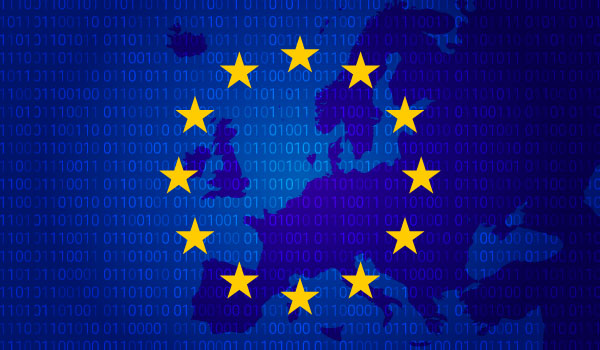Italy is continuing to progress towards full digitization of procurement processing. In 2014, electronic invoicing was introduced for the B2G domain. In January 2019, it was the first European country to introduce mandatory B2B e-invoicing. Italy is now taking a step further in its strategy of digitization by introducing electronic ordering.
Electronic ordering will in principle be mandatory in the B2G domain only for certain industries. But the administration intends to continue pressing forward on this course in the years ahead.
First phase: health care
The Italian government has decided that the public health sector will be the first to adopt electronic orders. The Servizio Sanitario Nazionale (SSN) and its suppliers have already integrated electronic orders into their operations.
Transactions to be digitized are: purchase orders (ordine), initial orders (ordine iniziale), replacement orders (ordine sostitutivo), cancellation orders (ordine di revoca) and pre-agreed orders (ordine pre-concordato).
The adoption of this new technology is set to be gradual. Thus, the obligation to use electronic orders for goods orders came into force on 1 January, 2021. Electronic service orders will not be mandatory until next year, on 1 January, 2022, although suppliers to the administration may already receive them voluntarily through 2021.
Nodo di Smistamento degli Ordini (NSO)
The system for transmission of orders will not be the same as that for invoices. The Italian government has created the Nodo di Smistamento degli Ordini (NSO) system for public administrations and suppliers to exchange orders. To receive electronic orders, all SSN suppliers must have an NSO email.
Electronic orders may be transmitted and received through one of the following: web portal, certified email (PEC), interoperability or PEPPOL.
Once again, Italy stakes on digital transformation of its administrations and of the country’s business fabric. Will other countries follow suit, as they have done with the B2B electronic invoice? You can count on us to explain it all in the Voxel blog.











